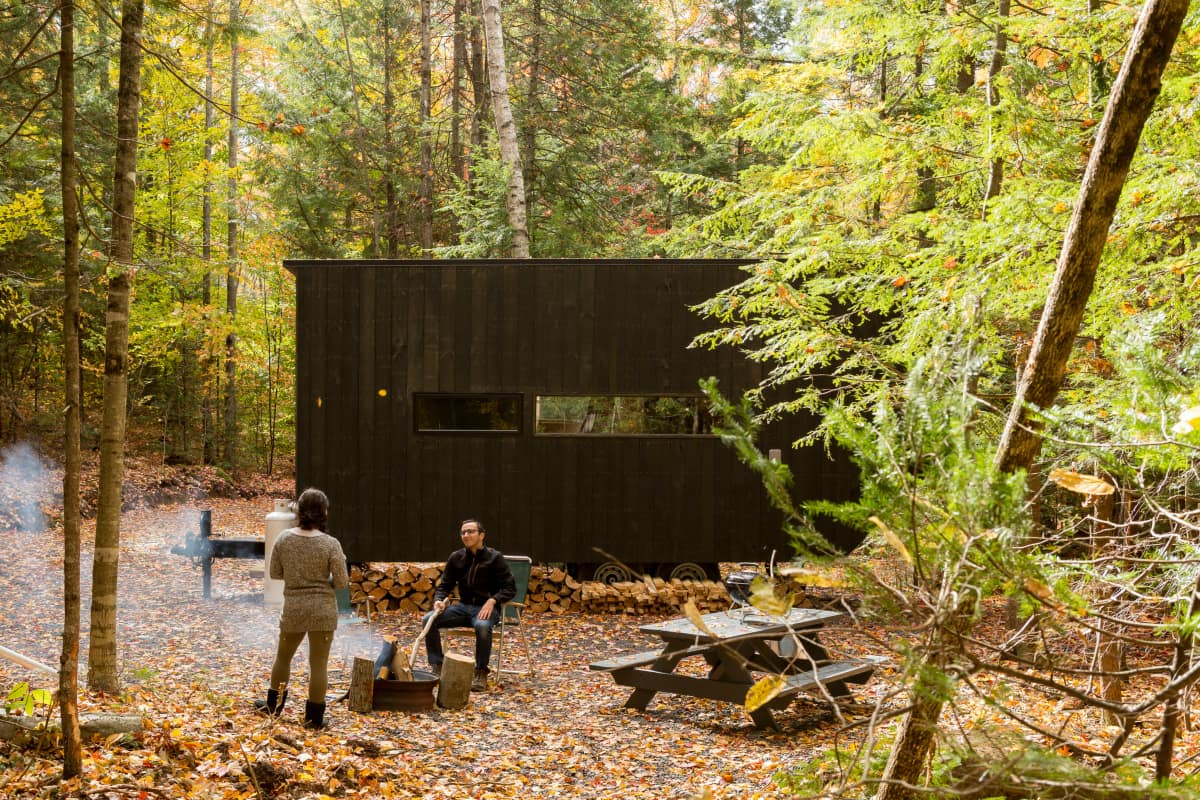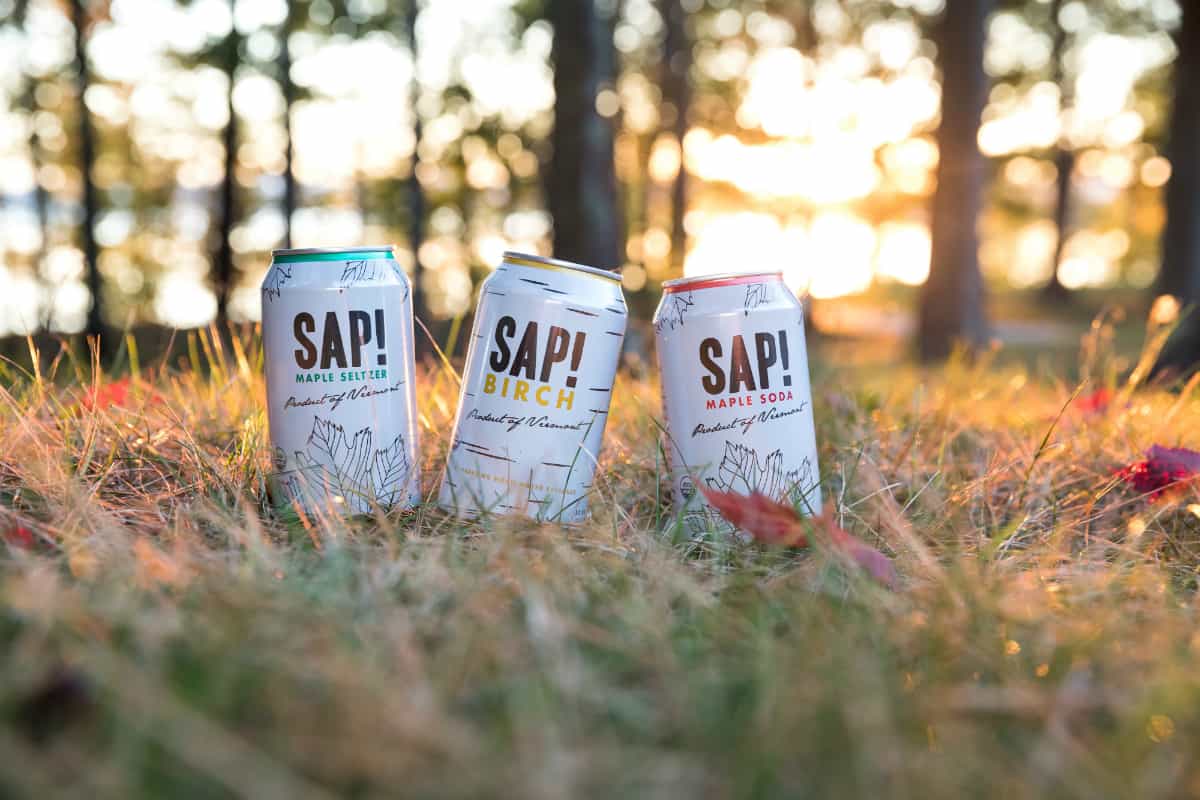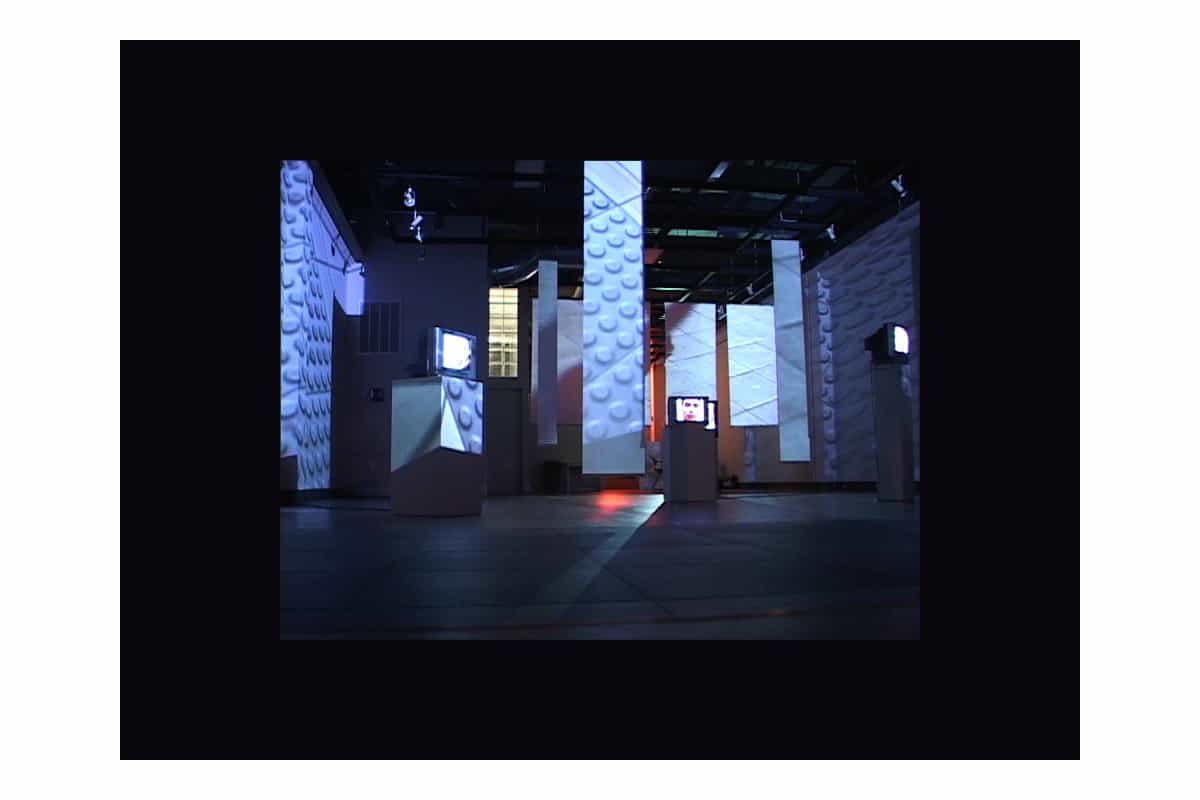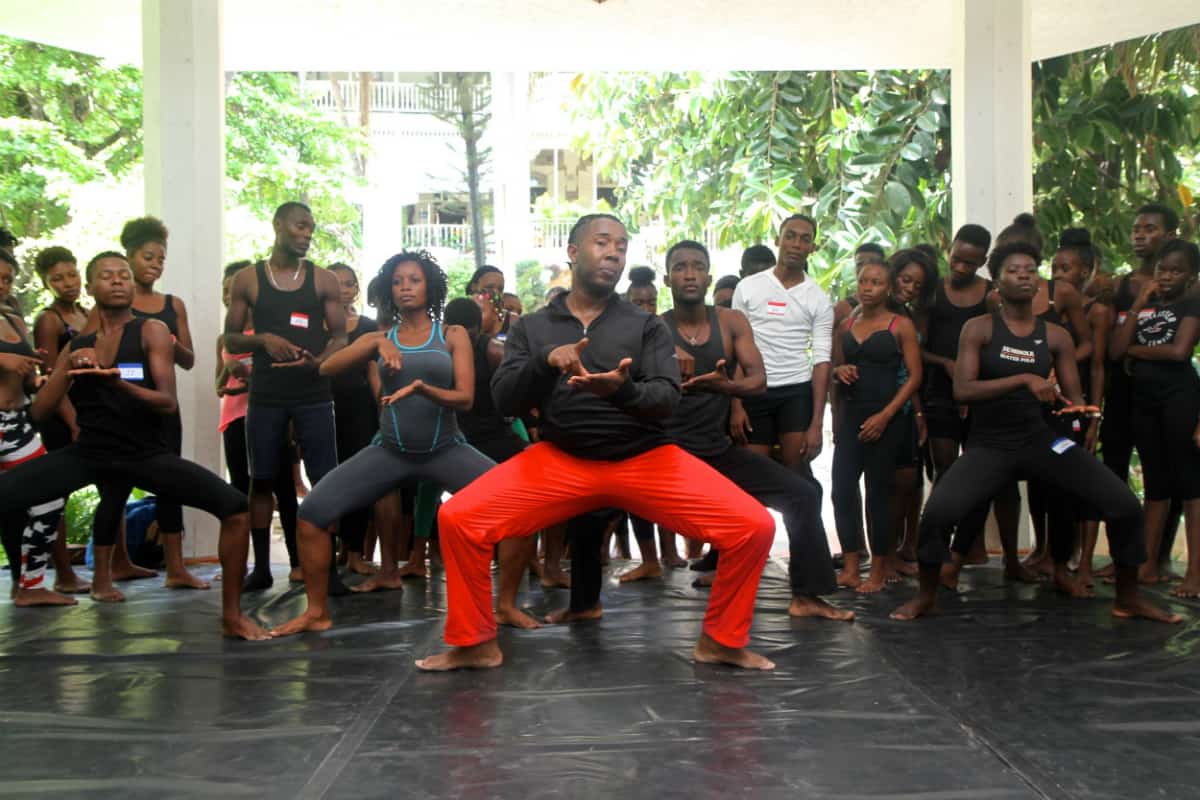Getaway tiny houses in the woods help stressed-out city dwellers rekindle an interest in life unplanned.
Jon Staff has lived in more than his fair share of non-traditional dwellings—from a boat on Lake Superior, to the basement of a froyo shop, to an empty office on the third floor of a Harvard library. Given this, Jon was naturally drawn to the tiny house movement—with a twist.
In the summer of 2015, Jon and his partner, Pete Davis, launched Getaway. The idea was to build tiny houses, place them in nature, and then rent them by the night to stressed-out folks looking to escape and rejuvenate. After some late-night idea sessions, a few months of sketching, a few weeks of carpentry, and a harrowing drive with the first tiny house up I-93 North, the first Boston Getaway house, the Ovida, arrived in southern New Hampshire. Now two years in, Getaway has 15 cabins in two main locations: one outside of Boston and another outside of New York.
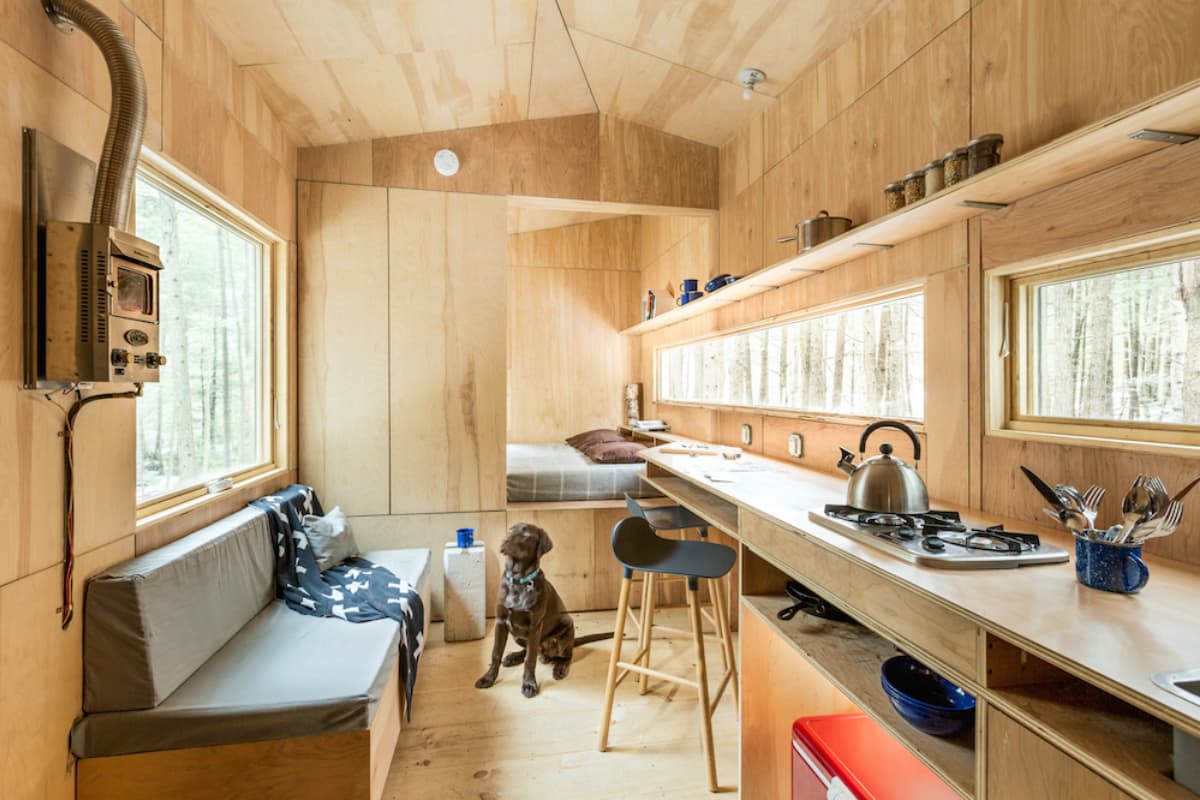
Lorraine Getaway tiny house
“We keep the locations secret to preserve the surprise element of Getaway,” says Davis. “It let’s you be less in a planning mode and more in an adventure mode.” The team aims to pick rural land that is geographically close enough to a city to let guests escape in an instant but spiritually far enough from the city to guarantee a refreshing recharge.
The houses, which each have names and range from 160-200 square feet in size, were originally designed by Harvard Graduate School of Design students to provide the comforts of home—including a queen-sized bed, stove, fridge/cooler, sink, toilet, shower, and heat—while emphasizing the natural surroundings and embodying the Getaway ethic of “less is more.”
When it comes to adding new Getaway sites, however, more is more. The wellness company plans to expand to several major cities in the coming months, including Washington D.C., San Francisco, Los Angeles, Chicago, and Austin. “We want to go to every stressed-out city in America,” Davis says.
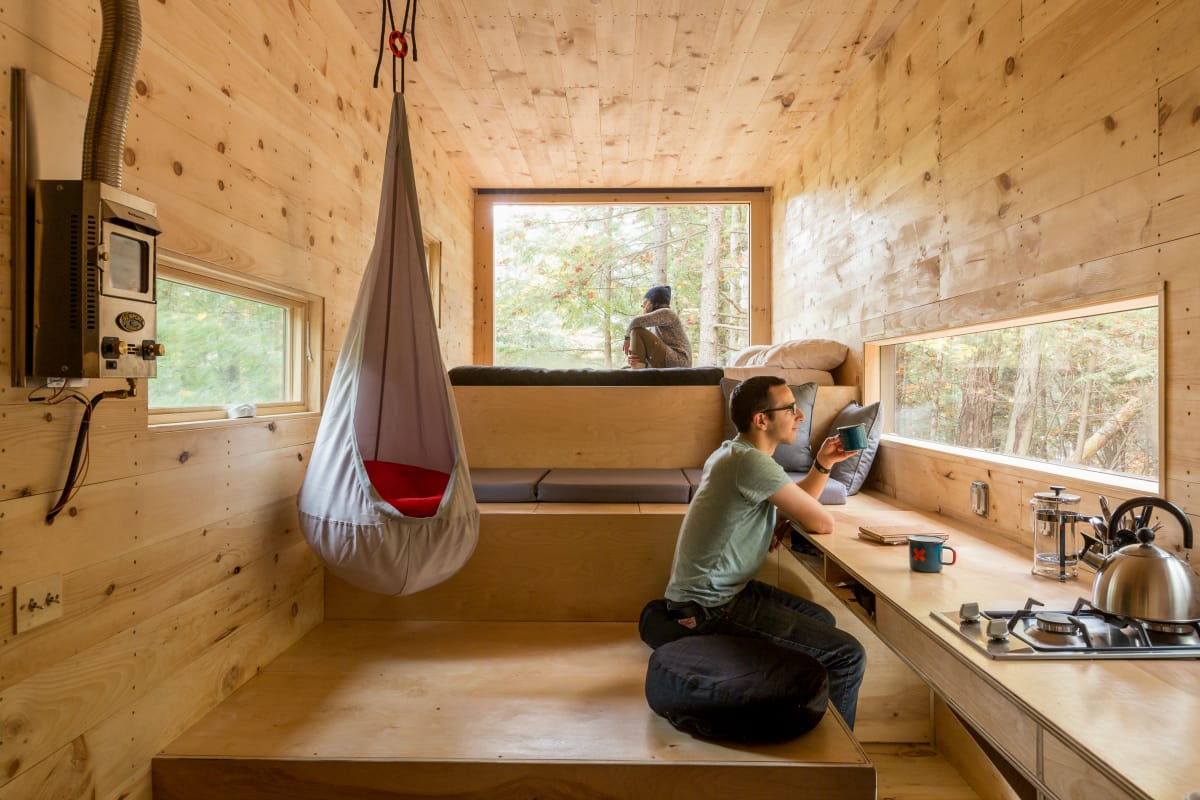
Clara Getaway tiny house interior
Each tiny house is stocked with a box of provisions to make the Getaway as easy as possible. Visitors can expect to find fun snacks and simple meals: pour-over coffee, pasta and sauce, s’mores fixings, and popcorn—all from equally eco-friendly brands such as Bob’s Red Mill and Kuju Coffee.
“In today’s world, our inboxes have invaded our evenings, and our work has overwhelmed our weekends,” says Davis. “Getaway is fighting back. Everything from the first email we send guests to the objects we choose to put in the cabins emphasizes our hope that guests can use their getaway to disconnect and recharge.” That’s why, instead of giving guests a wi-fi password, Getaway gives them a cell phone lockbox, board games, classic books, a guide to analog activities (think: knot-tying and stargazing), and fire-building tools.
“We like to think of Getaway as the anti-vacation,” Davis says. “Vacations are too costly, too complex, and too distant. A Getaway is near enough (within two hours) to escape in an instant, affordable (as low as $99 per night), and designed for you to do nothing at all. It’s an invitation to turn off your phone, sit by the campfire and connect with the people you care about.”

